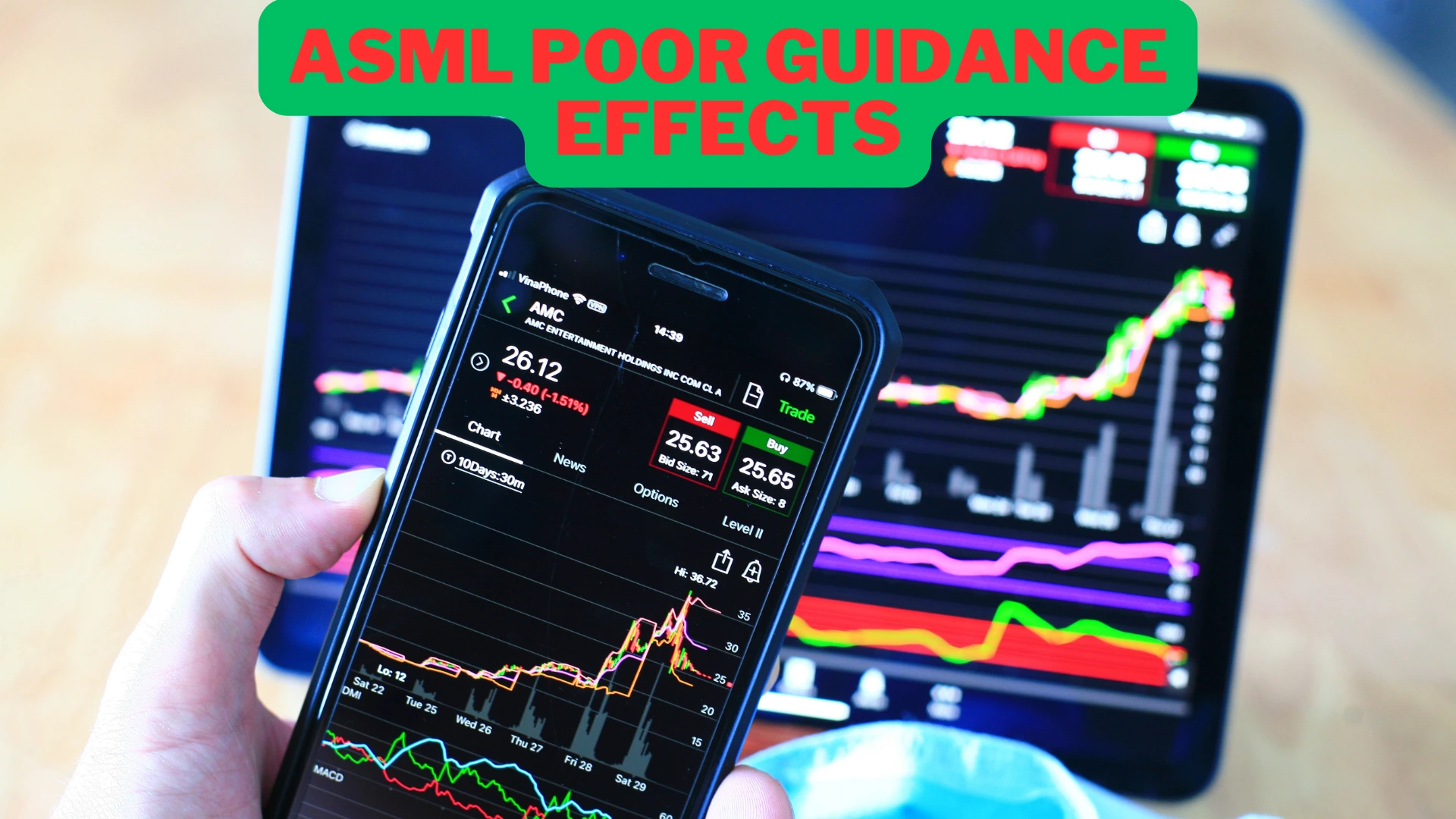Costco (COST) disclosed its fiscal fourth-quarter results post-market close on Thursday, revealing a mixed performance.
While earnings per share outperformed projections at $5.29, exceeding Bloomberg’s consensus forecast of $5.07, revenue slightly underwhelmed at $79.7 billion, falling short of the anticipated $79.96 billion.
Chief Financial Officer Gary Millerchip remarked on the earnings call, “It’s evident that the importance of both quality and value has never been greater.”
He further highlighted that as inflationary pressures ease, Costco members have begun shifting their spending patterns towards nonfood categories, which the company views as promising.
Same-store sales for the quarter surpassed expectations with a 6.9% increase compared to forecasts of 6.4%, and online sales witnessed a robust 19.5% surge.
However, this was marginally below Wall Street’s expectation of 19.63%. Leading the growth in nonfood categories were items such as appliances, health products, tires, toys, and gift cards.
In the nonfood sector, sales were particularly strong, reflecting a broader shift among consumers towards discretionary purchases, such as jewelry, home furnishings, and gift cards, which posted double-digit gains.
Despite these positive trends, Costco’s stock experienced a slight 1% dip in after-hours trading following the results.
However, on a year-to-date basis, shares have rallied nearly 40%, considerably outpacing the 20% rise in the S&P 500 (^GSPC).
Market Sentiment and Analyst Opinions:
Before the earnings release, optimism around Costco’s performance was evident, with 26 Buy ratings, 18 Holds, and only one Sell recommendation from Wall Street analysts.
UBS analyst Michael Lasser remarked on Costco’s market share growth, pointing out the company’s strong traffic trends and its quicker recovery in general merchandise sales relative to competitors.
In August, data from Placer.ai revealed that Costco’s foot traffic surged by 10.5%, as the retailer continued to attract customers with its value proposition.
In contrast, the overall superstore and wholesale club sector reported a more modest 4.9% increase in foot traffic.
Costco’s closest competitors, Sam’s Club (WMT) and BJ’s (BJ), found themselves competing with Costco on price and value offerings.
Millerchip emphasized that value continues to resonate with Costco’s members, pointing to price reductions on certain fresh items like private-label chicken tenders, which saw a 13% price cut and a resulting 21% increase in sales volume.
Additionally, other items such as foil, macadamia nuts, and olive oil saw price reductions as Costco continues to offer competitive pricing.
Private Label Growth:
CEO Ron Vachris further underscored the growing success of Costco’s Kirkland Signature private label, which continues to gain market share and solidify its place in the “value proposition” for members, enhancing customer loyalty.
Interestingly, Millerchip commented that Costco considers itself its “biggest competitor,” suggesting that the company is more focused on internal metrics and improvements rather than external competition.
UBS’s Lasser also pointed to the recent membership fee increase as a potential driver of future growth.
On September 1, Costco raised its Gold Star membership fee by $5 to $65, while the Executive membership saw a $10 increase, rising to $130.
This marked the first membership fee hike since 2017, a decision the company delayed until inflation had sufficiently moderated, and consumer spending had rebounded.
Membership Growth and Future Outlook:
The fee hike is anticipated to impact approximately 52 million memberships, with over half being Executive memberships. Costco expects the fee increase to result in a high-single to low-double-digit boost in membership income.
However, in Q4, membership fee income slightly missed Wall Street’s forecast, coming in at $1.51 billion compared to the expected $1.54 billion. The full effect of the membership fee increase will be reflected in the company’s next earnings report.
After Q4, Costco reported a membership renewal rate of 92.9% in the U.S. and Canada, a slight dip of 0.1% from the previous quarter.
Notably, half of the new members signed up in fiscal 2024 were under 40 years old, and Executive members now account for 46.5% of Costco’s total paid membership base.
Vachris also mentioned that Costco’s decision to scan membership cards at the door has improved real-time tracking of foot traffic and served as a reminder for customers to renew memberships, further enhancing member engagement.
Costco currently operates 891 warehouses worldwide.
Earnings Breakdown:
Here’s a summary of Costco’s Q4 earnings report (for the quarter ending September 1, 2024), compared to Bloomberg’s consensus estimates:
- Revenue: $79.70 billion (vs. $79.96 billion expected)
- Adjusted earnings per share: $5.29 (vs. $5.07 expected)
- Total company comparable sales growth (excluding fuel): 6.9% (vs. 6.40% expected)
- U.S. same-store sales growth: 6.30% (vs. 5.96% expected)
- Canada same-store sales growth: 7.90% (vs. 7.35% expected)
- Other international sales growth: 9.30% (vs. 8.62% expected)
- E-commerce growth: 19.5% (vs. 19.63% expected)
- Membership fee revenue: $1.51 billion (vs. $1.54 billion expected)
Conclusion
In summary, Costco’s Q4 results highlight its resilience and adaptability, especially as inflation eases and consumer preferences evolve.
While the slight revenue miss may have caused a dip in after-hours trading, the company’s consistent focus on value, member loyalty, and private label growth sets it apart in a competitive retail landscape.










